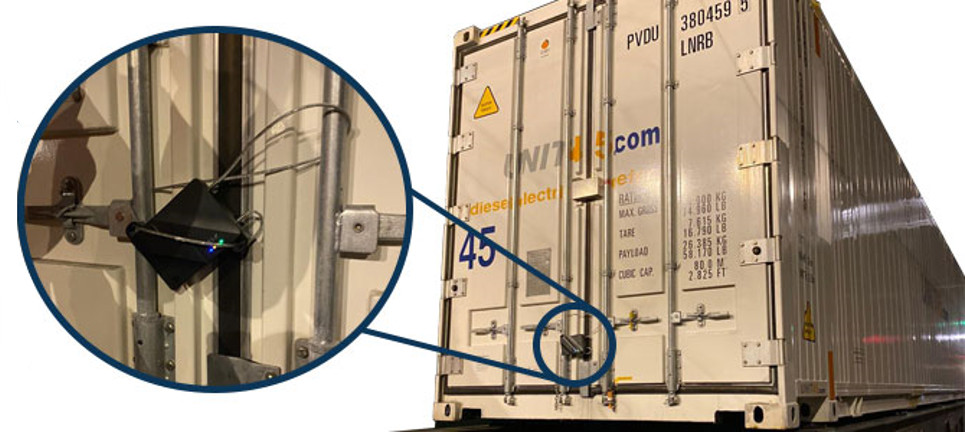Fish products through Russia faster than via Suez route

FESCO Transportation Group completed its first intermodal transportation of containerised fish products through the Trans-Siberian route. Its intermodal train departed from Vladivostok in Russia and took thirty-three days to reach its final destination in Germany on 12 April.
The train consisted of forty-nine 40-foot reefer containers comprising pollock fillets and minced pollock. After completing its land trip, the train reached St. Petersburg, where the cargo was transhipped on a vessel to travel by sea until Bremerhaven in Northern Germany. With a thirty-three-day transit time, FESCO claims that this service is two times faster than the Suez route used traditionally to transport such products.
Sanctioned goods through Russia
According to FESCO, the transportation scheme used in this case is relatively new and provides many possibilities for Russian manufacturers to reach out to the European market. Simultaneously it requires documentation and control procedures that differ from these of other products.
However, the extra procedures do not constitute such a significant burden compared to the situation until almost one year ago. In March 2020, Russia decided to lift the ban on transportation of sanctioned goods through its territory. Until that point, shippers couldn’t use trains to transfer products such as fresh or frozen fish and pass through Russia if these products originated from Europe, China, Canada or the U.S, for instance.
Rail and logistics companies, together with shippers, welcomed this decision unanimously since they were lobbying towards this direction for a long time, and customer demand was constantly growing. Consequently, seeing the establishment of such services a year later with the potential to become regular is a positive message for the whole industry.
How it works
Containers transporting previously sanctioned goods must meet specific conditions. The most important of them is to ensure their secure sealing and avoid their opening while on Russian territory. To succeed in this, the Russian government has introduced the use of an electronic seal that gathers real-time data, and when it is taken off at the borders, it provides proof of the shipment being in transit.

The seal is, however, not the only additional work needed. The shipment requires additional paperwork, informing about the type of the product, the end destination and the purpose. This filing process is quite complicated and sometimes time-consuming. Nevertheless, as mentioned above, these procedures constitute no problem compared to the customer demand from China or Europe for certain food products. In fact, the market is so large that, when initial uncertainties for meeting the transportation requirements seize, it will play a crucial role for Eurasian rail freight transport.
Also read:
- All you need to know about the new fresh route through Russia
- Fresh products on the way to Russia by train, finally
You just read one of our premium articles free of charge
Want full access? Take advantage of our exclusive offer





